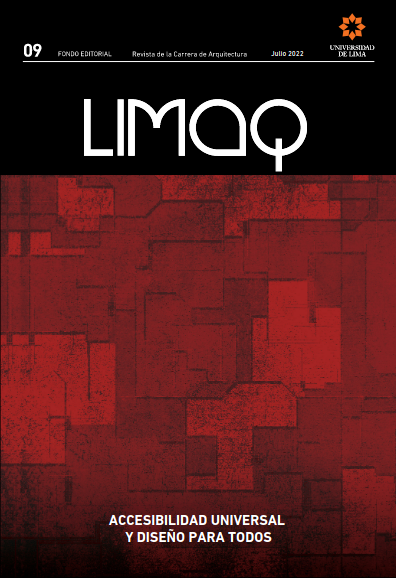Sensitivity in design: remodeling of the Mensajeros de la Paz residence for the elderly
DOI:
https://doi.org/10.26439/limaq2022.n009.5383Keywords:
cognitive accessibility, cognitive spatial security, elder adults, universal designAbstract
This article describes the design process of our final project for Professor Vanessa Zadel’s Interior Design course. The objective of this project was to elaborate a design book for the remodeling of a residence for the elderly in the district of La Molina (Lima, Peru). The project was based on new design tools such as the adjustment to neurological functions through cognitive spatial safety and sensory experiences. The user’s prior understanding and their needs were also considered. The final result is a residence design based on spatial strategies rooted in the physical abilities of the elderly, which allows for a sensory exploration that incorporates the changes in their perceptions. The article sums up the discoveries made throughout the design process.
Downloads
References
García Moreno, D. (2011). Diseño de sistemas de orientación espacial: wayfinding. Fundación ONCE; Fundación Arquitectura (COAM).
Brusilovsky Filer, B. (2015). Accesibilidad cognitiva. Modelo para diseñar espacios accesibles (2.ª ed.). La Ciudad Accesible.
Brusilovsky Filer, B. (2021). Neurociencias y arquitectura. Gerontology Today, 1(1), 137-148.



